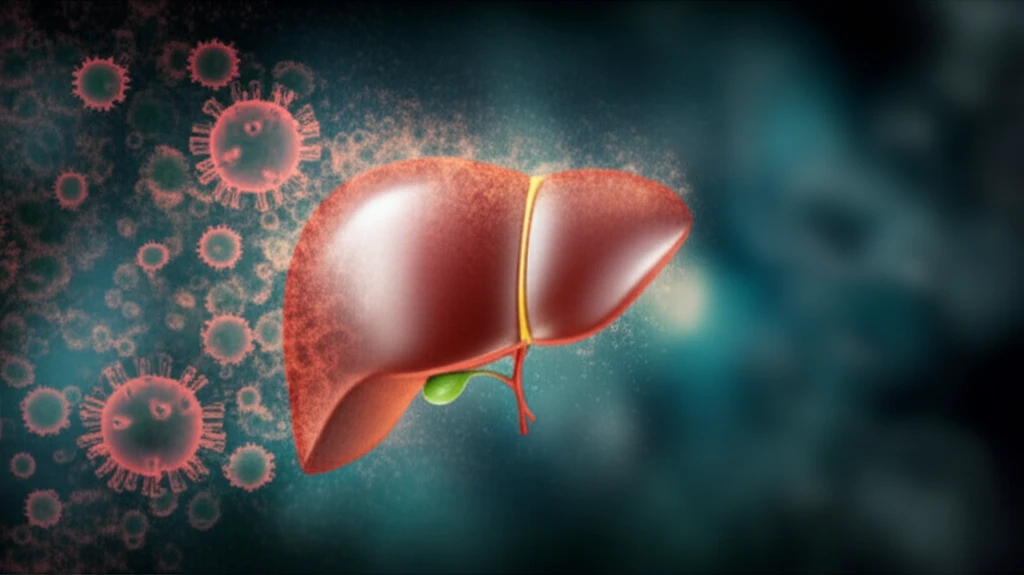
Direct Antiviral Agents: A Game Changer for Liver Transplant Recipients with Hepatitis C
"Discover how direct antiviral agents (DAAs) are transforming liver transplantation outcomes for hepatitis C patients in Korea, offering hope and improved quality of life."
The landscape of liver transplantation (LT) in Korea is evolving, with a rising number of recipients requiring care for hepatitis C virus (HCV) infections. Post-transplant HCV recurrence poses significant challenges, often leading to cirrhosis and diminished long-term survival rates. In the absence of effective interventions, the recurrence of HCV can cause graft dysfunction, graft loss, and increased mortality.
Direct antiviral agents (DAAs) have emerged as a revolutionary approach to HCV treatment in liver transplant recipients. Before DAAs, interferon-based regimens were the standard, yet these treatments had limited success due to tolerability issues and side effects such as anemia. DAAs have demonstrated the ability to achieve sustained virological response (SVR), which significantly improves clinical outcomes in LT recipients.
This article delves into a 2-center study conducted in Korea, evaluating the efficacy and safety of DAAs in HCV-infected liver transplant recipients. The study aims to provide insights into the potential of DAAs in improving patient outcomes and transforming the landscape of post-transplant care. This analysis will shed light on how DAA treatments can positively impact the lives of individuals undergoing liver transplantation.
How DAAs are Revolutionizing HCV Treatment After Liver Transplants

Before the advent of direct antiviral agents (DAAs), liver transplant recipients infected with hepatitis C faced limited treatment options. Interferon (IFN)-based regimens were the primary approach, but their effectiveness was hampered by lower sustained virological response (SVR) rates and significant side effects. Many patients were unable to tolerate these regimens due to IFN-induced side effects and ribavirin (RBV)-induced anemia.
- Higher rates of HCV cure
- Fewer adverse events
- Improved tolerability
- Better clinical outcomes
The Future of HCV Treatment in Liver Transplant Recipients
Direct antiviral agents (DAAs) represent a significant advancement in the treatment of hepatitis C in liver transplant recipients. With high SVR rates and improved tolerability, DAAs offer renewed hope for patients facing HCV recurrence after transplantation. As research continues and clinical experience expands, the use of DAAs is poised to further improve outcomes and transform the landscape of post-transplant care.
